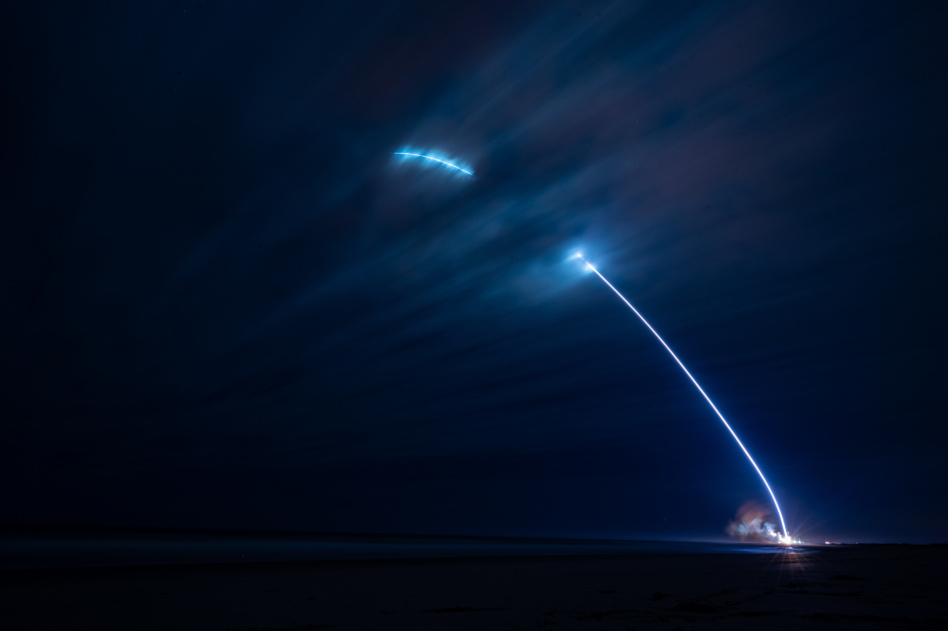The Space Force is expecting to launch at least 100 satellites in 2025—nearly doubling its number of unclassified operational spacecraft, a top officer said last week.
The increase is intended to boost resiliency in everything from PNT to missile warning to SATCOM. The goal is to maintain an edge over Russia and China’s ever increasing military space capabilities.
“Gaining cyber and space superiority over your adversaries is an early objective in ground campaigns, and I think that will play out as we move forward later into the 21st century with additional conflict,” Maj. Gen. Gregory Gagnon, the deputy chief of space operations for intelligence, said at a CSIS event.
Why now? The announcement comes amid recent revelations that the military arms race in space is heating up, and the US needs to beef up its posture to keep an advantage.
- Chinese satellites have demonstrated dogfighting maneuvers in space, according to Gen. Michael Guetlein, the Space Force’s second in command.
- Guetlein also said that China’s intelligence, surveillance, and reconnaissance capabilities have become more integrated with weapons systems to form a type of “kill mesh.”
- Russian satellites have been practicing attack and defend tactics in orbit as recently as last week, according to CNN.
- Rumors that Russia is working to place nuclear weapons in space were confirmed by the Defense Department last year.
Is it possible? Whether or not the Space Force can succeed in deploying 100 sats in the next nine months is yet to be seen. The launch of SDA’s Tranche 1 satellites has already been delayed to the summer, while delays in certifying ULA’s Vulcan launcher for national security launches have put the military’s launch plans on hold for well over a year.
The funding for future missions, however, may be an easier hurdle to overcome. The Trump administration is expected to deploy “far more investment” in space capabilities in future DoD budgets, according to Secretary of Defense Pete Hegseth.




